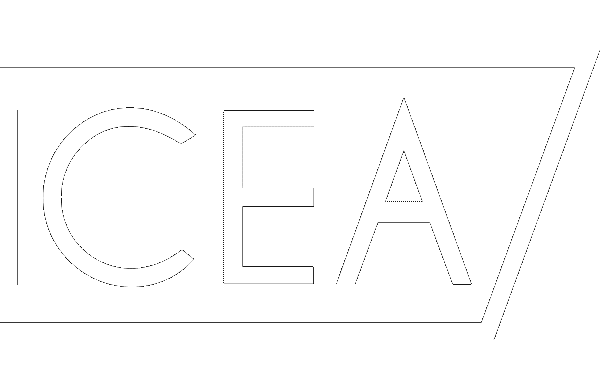(maps available @UniPD Libraries)



About the MapFly PROJECT
The University of Padua claims an impressive cartographic heritage, dated from 1668 to the present day, distributed in various Libraries and Departments and not yet known as it deserves. In particular, the Geography and Geosciences Libraries preserve over 40,000 maps of various types, from topographic and geographical maps to geological, geothematic and historical maps.
Thanks to the Mapfly Project, funded by the call “Infrastrutture Immateriali di Ricerca” (Intangible Research Infrastructures) of the University of Padova and which entered its operational phase in November 2020, this cartographic heritage is made available to the public (fall 2021) through the creation of a WebGIS portal. This allows us to verify the presence of maps for the area of interest by searching the basemap. As it regards historical cartography in the public domain, it also allows to view the georeferenced digital reproduction on the web and proceed with the download of the same in the form of a file (GeoTIF) to be used locally on a GIS device (including maps published in “Memorie di Scienze Geologiche”).
The Web App will greatly enhance the accessibility to the extraordinary cartographic resources of the University, which have been difficult to be consulted and searched through traditional catalogs until now. Through the WebApp it will in fact be possible to know the availability of all the cartographic heritage for the area of interest, to filter it by type of map or on a temporal basis, and (for the part with a digital representation available) proceed with the diachronic study of a territory using the techniques of representations (transparencies) offered by the App or by downloading and superimposing the cartography of interest in a GIS.
The portal was developed on the model of prestigious international agencies, in particular USGS Historical Topographic Map Explorer, and involved transversal skills: expert GIS technicians for georeferencing and for the creation of an additional Web App dedicated to data entry and the development of the web interface; student collaborators for the description of the encumbrance polygons of the cartography; librarians for cataloging, for analysing descriptive metadata and for linking maps to both the catalog and the University repository of digital collections. A technological partner supported the development of the Web App and its installation on the server. The acquisition of the digital maps was carried out on a scanner developed for this service."
- 1. Find or search for your place of interest.
- 2. Select map categories, if needed.
- 3. Click on the map view to see which maps are available for that location.
- 4. Select the scale, if necessary, and use the timeline to explore thumbnails of the maps, see their extent and select the ones you need.
- 5. Check in which libraries the maps are stored, with the link to the catalog Galileo Discovery in the side panel, or view the available maps..
- 6. Use the slider for each map in the side panel to control its transparency and compare it to other maps.
- 7. Download the georeferenced map, if you wish, or see the images in high resolution through Phaidra.
- 8. Press the button Reset before changing place.
To report any problem or for more information about the project, please contact us at the following email address:biblio.geoscienze@unipd.it .






